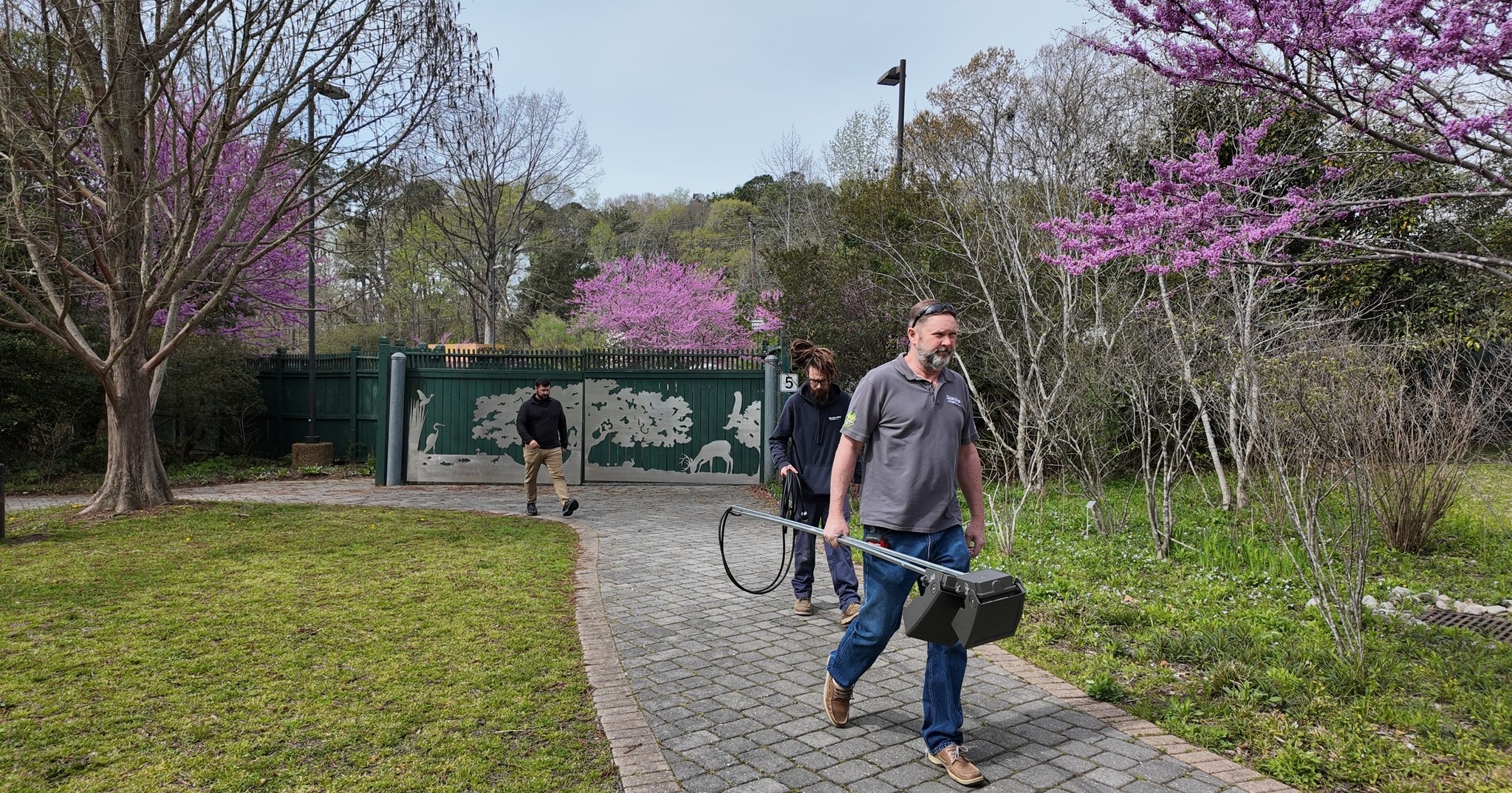- The integration of LED technology enhances safety and atmosphere at wildlife facilities.
- The impact of infrastructure improvements on visitor experience and wildlife conservation.
- The role of partnerships between businesses and conservation facilities.
- The significance of public engagement in environmental education and conservation efforts.
- Future implications of enhanced lighting for habitat visibility and conservation research.
The integration of LED technology into wildlife facilities is a significant development in terms of both safety and visitor experience. As seen in the Virginia Living Museum’s new back boardwalk, these enhancements contribute to a secure and inviting atmosphere for guests. LED light poles, contributed by Colonial Webb Contractors, serve multiple purposes. Safety is a primary concern; adequate lighting helps prevent accidents after dark by illuminating pathways and potential hazards. Moreover, the energy efficiency of LEDs represents a sustainable choice, aligning with conservation goals to minimize environmental footprints.
Beyond safety, the aesthetic impact of LED lighting cannot be overlooked. It transforms spaces into visually appealing environments, encouraging longer visits and fostering a deeper connection with nature. The glow from LED fixtures highlights natural features, allowing visitors to appreciate the beauty of the surroundings during evening hours. This ambient light also makes it possible for educational programs to extend into the night, broadening the scope of learning opportunities available to the public.
Improvements in infrastructure, such as the addition of LED lighting, significantly enhance visitor experience and support wildlife conservation efforts. When facilities are welcoming and well-maintained, they attract more visitors and, potentially, donations, which are crucial for ongoing conservation initiatives. The Virginia Living Museum has demonstrated the positive outcomes of such enhancements, showing increased attendance and engagement through their revitalized boardwalk. Well-lit areas create a comfortable environment, encouraging guests to explore more thoroughly and learn about the importance of preserving wildlife and their habitats.
Infrastructure investments mean more than visitor comfort. They play a crucial role in wildlife conservation. Better lighting improves the ability to monitor animal health and behavior, offering clear visibility for staff conducting observations or emergency interventions. Facilities equipped with advanced lighting can better tailor their conservation strategies to the needs of their occupants, ensuring optimal conditions for the animals’ well-being.
Collaboration between businesses and conservation facilities is integral to achieving these advancements. Colonial Webb Contractors’ contribution highlights the power of corporate partnerships in facilitating environmental projects. Such collaborations provide resources and expertise that might otherwise be unavailable to conservation centers. Businesses benefit from corporate social responsibility initiatives that enhance their public image, while wildlife facilities gain necessary assets. This symbiotic relationship fosters further innovations in conservation practices, enhancing the overall impact on wildlife protection and public education.
Partnerships also play a critical part in fostering a wide-reaching conservation ethos. By involving local businesses, wildlife facilities can expand their efforts beyond their immediate operations, raising awareness and inspiring broader community involvement in environmental conservation. When corporations invest in these endeavors, they empower facilities to pursue ambitious projects with long-term benefits for biodiversity and ecosystem health.
Public engagement in environmental education stands as an essential component of conservation work. Conservation centers like the Virginia Living Museum lead the charge in providing opportunities for learning and involvement. The renovated boardwalk, now a safer and more appealing location, serves as an educational platform for various programs tailored to engage different age groups. Interactive exhibits and guided tours take advantage of the improved lighting to deliver comprehensive experiences that increase understanding of wildlife and conservation issues.
By connecting individuals to the natural world, facilities inspire action and advocacy. Educated visitors often become advocates for environmental protection, contributing to a collective effort to safeguard fragile ecosystems. Such programs not only inform but also empower guests, equipping them with the knowledge needed to promote positive environmental practices in their daily lives.
The introduction of enhanced lighting also opens exciting possibilities for habitat visibility and scientific research. Clear, reliable lighting extends the hours during which research activities can take place, allowing scientists to make detailed observations and collect data without the limitations of daylight. In settings where nocturnal animals are studied, this is particularly valuable, offering glimpses into behaviors and interactions that might otherwise remain obscure.
The LED lighting at the Virginia Living Museum exemplifies how thoughtful technology integration can facilitate scientific endeavors that advance conservation knowledge. Research supported by improved facilities not only enriches academic understanding but also informs policy decisions and conservation strategies globally. Continued innovation and investment in facility enhancements will further propel these efforts, leading to better outcomes for wildlife conservation.
*****
Source Description
Thanks to the incredible generosity of @colonialwebbcontractors , our back boardwalk is getting even brighter! ✨ They donated a few additional LED light poles, helping us enhance safety and create a beautiful evening atmosphere for guests. We are beyond grateful for their continued support in making the Virginia Living Museum shine—literally! 💡


